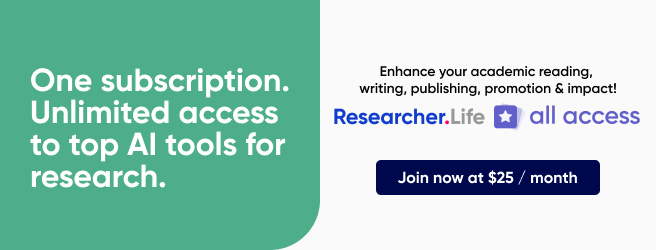The secret to writing the introduction and methods section of a manuscript

Many journals expect scientific research papers to be written in the traditional format, which is often known as the IMRaD format (Introduction, Materials and methods, Results, and Discussion). Each of these sections serves a specific purpose, and I'll briefly describe what to include under each of these headings.
This post deals with writing the introduction and the materials and methods section. Authors should regard each of these sections as answers to specific questions, which will make it easy to use the sections effectively to communicate research.
Writing the introduction: The introduction answers the question W-H-Y.
Begin by describing the problem that you wanted to solve through the piece of research you are writing about. Explain why that problem is important. As Peter Medawar warns in his Advice to a Young Scientist, “the problem must be such that it matters what the answer is — whether to science generally or to mankind.” Next, briefly review what has been done so far to solve the problem. Finally, introduce the study by pointing out what is different about it compared to past research.
Writing the materials and methods section: The section on materials and methods answers the question H-O-W.
Include enough detail so that others can repeat the experiment if they wish to do so. Give sources of material, make and model of equipment, quantities, duration, reason, etc. All research is expected to be reproducible, which is why this section is particularly important. Describe what the “treatments” were and how you arranged for appropriate “controls” so that valid comparisons can be made between these two sets. Also, this is perhaps the easiest section to write, and it is a good idea to start your writing with this section.
Read the second part of this series to know how to write the Results and Discussion sections.
Related reading -
The complete guide to writing a brilliant research paper
Published on: Mar 17, 2014
Comments
You're looking to give wings to your academic career and publication journey. We like that!
Why don't we give you complete access! Create a free account and get unlimited access to all resources & a vibrant researcher community.

Subscribe to Manuscript Writing
Translate your research into a publication-worthy manuscript by understanding the nuances of academic writing. Subscribe and get curated reads that will help you write an excellent manuscript.












